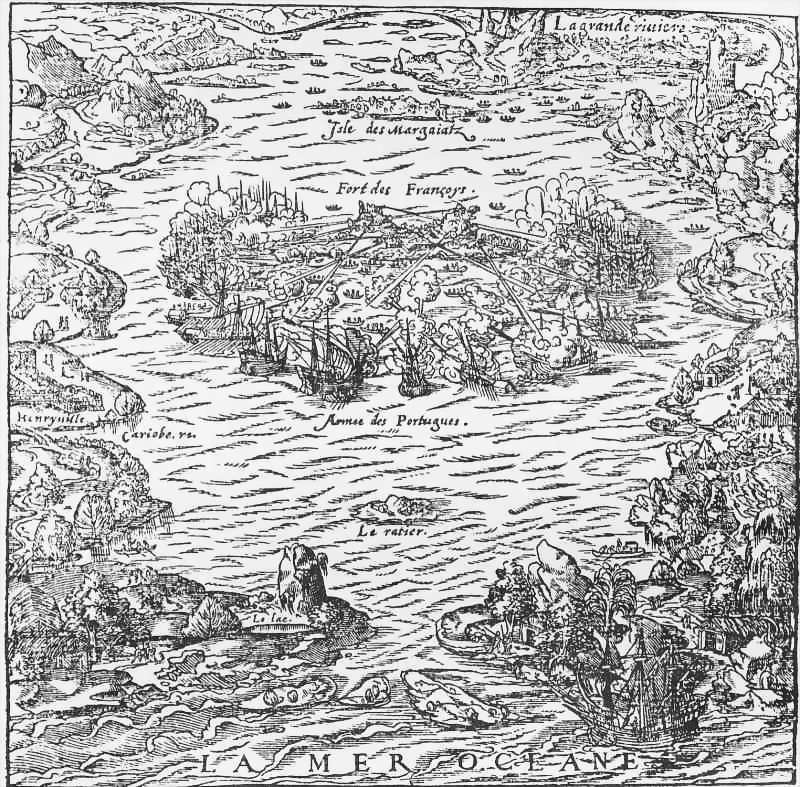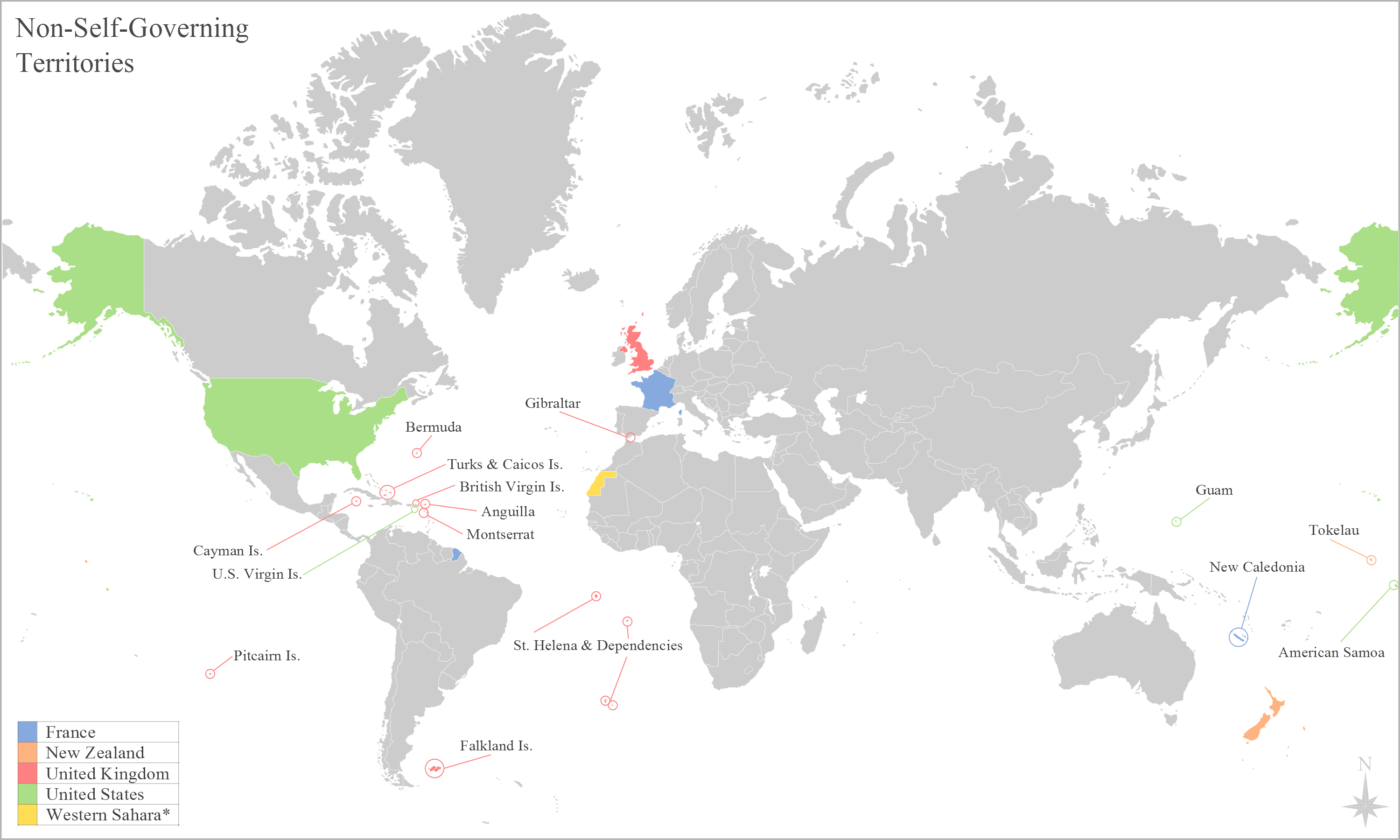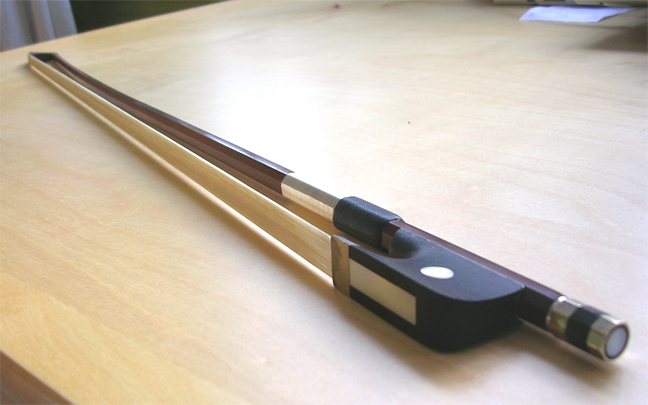|
Colonial Pact
The Colonial Pact, or Metropolitan Commercial Exclusive, was a system of laws and regulations that the colonizing nations imposed on their colonies, meaning: The colonizers were the countries that benefited from the products and economic activity of their colonial territories.Boris Fausto. História do Brasil. EDUSP. 1995, São Paulo. The laws introduced in the pact were mainly aimed at ensuring that the economic activities of the colonies would generate profits for the colonizers and that the colonies would have to buy from and sell products only to the colonizing nations. This pact system not only controlled the economy between colonizer and colony but also regulated the political activity, military and legal arrangements between them. Examples of known pacts are the one between Portugal and Brazil (colony), and countries in Europe that had colonies in America. The colonial pact limited the economic activities of the colonial elite. On the one hand, the colonized could only se ... [...More Info...] [...Related Items...] OR: [Wikipedia] [Google] [Baidu] |
Colony
In modern parlance, a colony is a territory subject to a form of foreign rule. Though dominated by the foreign colonizers, colonies remain separate from the administration of the original country of the colonizers, the ''metropole, metropolitan state'' (or "mother country"). This administrative colonial separation makes colonies neither incorporated territories nor client states. Some colonies have been organized either as dependent territory, dependent territories that are Chapter XI of the United Nations Charter, not sufficiently self-governed, or as self-governing colony, self-governed colonies controlled by settler colonialism, colonial settlers. The term colony originates from the ancient rome, ancient Roman ''colonia (Roman), colonia'', a type of Roman settlement. Derived from ''colon-us'' (farmer, cultivator, planter, or settler), it carries with it the sense of 'farm' and 'landed estate'. Furthermore the term was used to refer to the older Greek ''apoikia'' (), which w ... [...More Info...] [...Related Items...] OR: [Wikipedia] [Google] [Baidu] |
Brazil
Brazil ( pt, Brasil; ), officially the Federative Republic of Brazil (Portuguese: ), is the largest country in both South America and Latin America. At and with over 217 million people, Brazil is the world's fifth-largest country by area and the seventh most populous. Its capital is Brasília, and its most populous city is São Paulo. The federation is composed of the union of the 26 states and the Federal District. It is the largest country to have Portuguese as an official language and the only one in the Americas; one of the most multicultural and ethnically diverse nations, due to over a century of mass immigration from around the world; and the most populous Roman Catholic-majority country. Bounded by the Atlantic Ocean on the east, Brazil has a coastline of . It borders all other countries and territories in South America except Ecuador and Chile and covers roughly half of the continent's land area. Its Amazon basin includes a vast tropical forest, ho ... [...More Info...] [...Related Items...] OR: [Wikipedia] [Google] [Baidu] |
Europe
Europe is a large peninsula conventionally considered a continent in its own right because of its great physical size and the weight of its history and traditions. Europe is also considered a subcontinent of Eurasia and it is located entirely in the Northern Hemisphere and mostly in the Eastern Hemisphere. Comprising the westernmost peninsulas of Eurasia, it shares the continental landmass of Afro-Eurasia with both Africa and Asia. It is bordered by the Arctic Ocean to the north, the Atlantic Ocean to the west, the Mediterranean Sea to the south and Asia to the east. Europe is commonly considered to be separated from Asia by the watershed of the Ural Mountains, the Ural River, the Caspian Sea, the Greater Caucasus, the Black Sea and the waterways of the Turkish Straits. "Europe" (pp. 68–69); "Asia" (pp. 90–91): "A commonly accepted division between Asia and Europe ... is formed by the Ural Mountains, Ural River, Caspian Sea, Caucasus Mountains, and the Blac ... [...More Info...] [...Related Items...] OR: [Wikipedia] [Google] [Baidu] |
European Colonization Of The Americas
During the Age of Discovery, a large scale European colonization of the Americas took place between about 1492 and 1800. Although the Norse had explored and colonized areas of the North Atlantic, colonizing Greenland and creating a short term settlement near the northern tip of Newfoundland circa 1000 CE, the later and more well-known wave by the European powers is what formally constitutes as beginning of colonization, involving the continents of North America and South America. During this time, several empires from Europe—primarily Britain, France, Spain, Portugal, Russia, the Netherlands and Sweden—began to explore and claim the land, natural resources and human capital of the Americas, resulting in the displacement, disestablishment, enslavement, and in many cases, genocide of the indigenous peoples, and the establishment of several settler colonial states. Some formerly European settler colonies—including New Mexico, Alaska, the Prairies or no ... [...More Info...] [...Related Items...] OR: [Wikipedia] [Google] [Baidu] |
Elite
In political and sociological theory, the elite (french: élite, from la, eligere, to select or to sort out) are a small group of powerful people who hold a disproportionate amount of wealth, privilege, political power, or skill in a group. Defined by the '' Cambridge Dictionary'', the "elite" are "those people or organizations that are considered the best or most powerful compared to others of a similar type." American sociologist C. Wright Mills states that members of the elite accept their fellows' position of importance in society. "As a rule, 'they accept one another, understand one another, marry one another, tend to work, and to think, if not together at least alike'." It is a well-regulated existence where education plays a critical role. Universities in the US Youthful upper-class members attend prominent preparatory schools, which not only open doors to such elite universities as Harvard, Yale, Princeton, and the University of Pennsylvania, but also to the univ ... [...More Info...] [...Related Items...] OR: [Wikipedia] [Google] [Baidu] |
Manufacturing
Manufacturing is the creation or production of goods with the help of equipment, labor, machines, tools, and chemical or biological processing or formulation. It is the essence of secondary sector of the economy. The term may refer to a range of human activity, from handicraft to high-tech, but it is most commonly applied to industrial design, in which raw materials from the primary sector of the economy, primary sector are transformed into finished goods on a large scale. Such goods may be sold to other manufacturers for the production of other more complex products (such as aircraft, Major appliance, household appliances, furniture, sports equipment or automobiles), or distributed via the tertiary industry to end users and consumers (usually through wholesalers, who in turn sell to retailers, who then sell them to individual customers). Manufacturing engineering is the field of engineering that designs and optimizes the manufacturing process, or the steps through whic ... [...More Info...] [...Related Items...] OR: [Wikipedia] [Google] [Baidu] |
Paubrasilia
''Paubrasilia echinata'' is a species of flowering plant in the legume family, Fabaceae, that is endemic to the Atlantic Forest of Brazil. It is a Brazilian timber tree commonly known as Pernambuco wood or brazilwood ( pt, pau-de-pernambuco, ; Tupi: ) and is the national tree of Brazil. This plant has a dense, orange-red heartwood that takes a high shine, and it is the premier wood used for making bows for stringed instruments. The wood also yields a historically important red dye called brazilin, which oxidizes to brazilein. The name ''pau-brasil'' was applied to certain species of the genus '' Caesalpinia'' in the medieval period, and was given its original scientific name ''Caesalpinia echinata'' in 1785 by Jean-Baptiste Lamarck. More recent taxonomic studies have suggested that it merits recognition as a separate genus, and it was thus renamed ''Paubrasilia echinata'' in 2016. The Latin specific epithet of ''echinata'' refers to hedgehog, from ''echinus'', and describes ... [...More Info...] [...Related Items...] OR: [Wikipedia] [Google] [Baidu] |
Sebastian, King Of Portugal
Sebastian ( pt, Sebastião I ; 20 January 1554 – 4 August 1578) was King of Portugal from 11 June 1557 to 4 August 1578 and the penultimate Portuguese monarch of the House of Aviz. He was the son of João Manuel, Prince of Portugal, and his wife, Joanna of Austria. He was the grandson of King John III of Portugal and Holy Roman Emperor Charles V. He disappeared (presumably killed in action) in the battle of Alcácer Quibir, against the Saadians of Morocco. Sebastian I is often referred to as ''the Desired'' (Portuguese: ''o Desejado'') or ''the Hidden'' (Portuguese: ''o Encoberto''), as the Portuguese people longed for his return to end the decline of Portugal that began after his death. He is considered to be the Portuguese example of the King asleep in mountain legend as Portuguese tradition states his return, in a foggy dawn, in Portugal's greatest hour of need. Early life Sebastian was born shortly after eight in the morning of 20 January 1554 (the feast of Saint Seb ... [...More Info...] [...Related Items...] OR: [Wikipedia] [Google] [Baidu] |
Kingdom Of Portugal
The Kingdom of Portugal ( la, Regnum Portugalliae, pt, Reino de Portugal) was a monarchy in the western Iberian Peninsula and the predecessor of the modern Portuguese Republic. Existing to various extents between 1139 and 1910, it was also known as the Kingdom of Portugal and the Algarves after 1415, and as the United Kingdom of Portugal, Brazil and the Algarves between 1815 and 1822. The name is also often applied to the Portuguese Empire, the realm's overseas colonies. The nucleus of the Portuguese state was the County of Portugal, established in the 9th century as part of the '' Reconquista'', by Vímara Peres, a vassal of the King of Asturias. The county became part of the Kingdom of León in 1097, and the Counts of Portugal established themselves as rulers of an independent kingdom in the 12th century, following the battle of São Mamede. The kingdom was ruled by the Alfonsine Dynasty until the 1383–85 Crisis, after which the monarchy passed to the House of Aviz ... [...More Info...] [...Related Items...] OR: [Wikipedia] [Google] [Baidu] |
John VI Of Portugal
, house = Braganza , father = Peter III of Portugal , mother = Maria I of Portugal , birth_date = , birth_place = Queluz Palace, Queluz, Portugal , death_date = , death_place = Bemposta Palace, Lisbon, Portugal , burial_date = , burial_place = Pantheon of the House of Braganza , signature = Assinatura D. João VI.svg , religion = Roman Catholicism Dom John VI ( Portuguese: ''João VI''; 13 May 1767 – 10 March 1826), nicknamed "the Clement", was King of the United Kingdom of Portugal, Brazil and the Algarves from 1816 to 1825. Although the United Kingdom of Portugal ceased to exist ''de facto'' beginning in 1822, he remained its monarch ''de jure'' between 1822 and 1825. After the recognition of the independence of Brazil under the Treaty of Rio de Janeiro of 1825, he continued as King of Portugal until his death in 1826. Under the same treaty, he also became titular Emperor of Brazil for life, while his son, Emperor Dom ... [...More Info...] [...Related Items...] OR: [Wikipedia] [Google] [Baidu] |



.jpg)


.jpg)
.png)